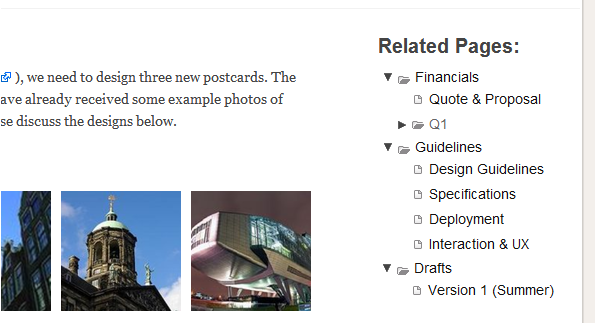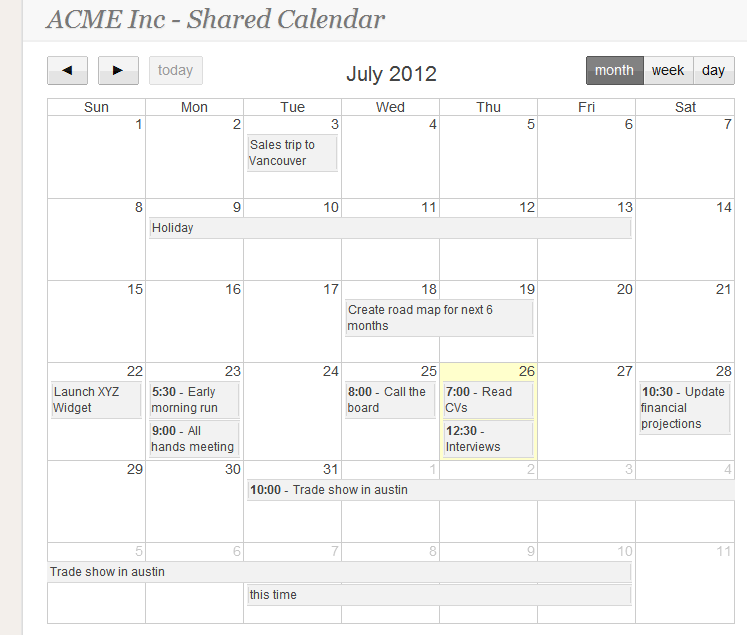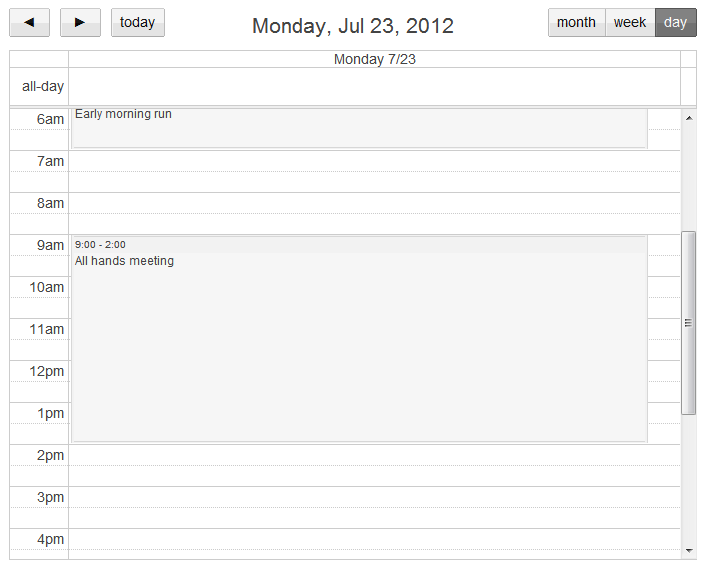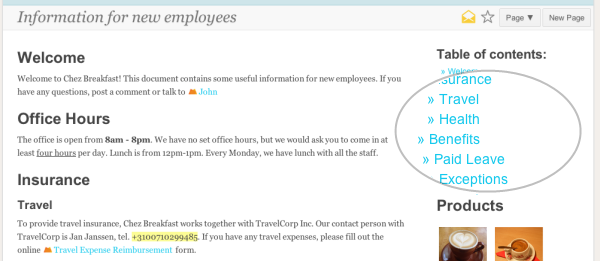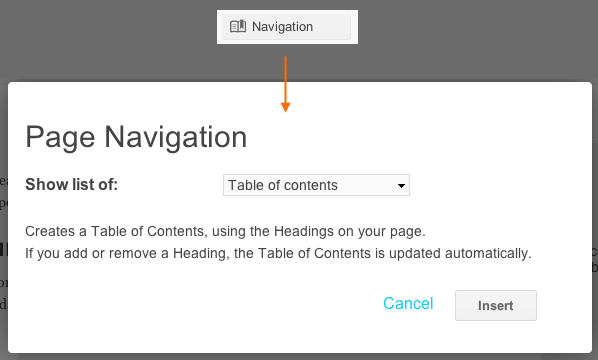One of the main hurdles you face when setting up an intranet is user engagement. You have to get people to actively use the systems you put in place. Even if everybody is on the same page and believes that getting organized with an intranet will save time in the long run the motivation may not be there to explore new software and to change old habits.
You set up an intranet and then, after a couple of months everybody has reverted to their old style of working and the company is back at square one. Different versions of files are emailed back and forth like before. Every now and then important documents get lost. There is no clear overview of what’s happening in the organization and the company spent a bunch of money on an intranet solution that didn’t stick. This is a large (and very frequent) problem today.
We’ve been thinking a lot about this problem because we have an intranet product (Papyrs) and it works on a subscription basis. This implies that as long as companies actively use our intranet product they will renew their subscription and we make money. When employee engagement drops off and the intranet stops getting updated with new information the value of the intranet decreases rapidly and the subscription inevitably gets canceled.
This, by the way, is one of the big advantages of subscription software. The software company (that’s us in this case) only makes money for as long as value is provided to the customer. Given that aquiring new customers is much more expensive than keeping existing customers happy (typically by a factor 10) keeping our customers happy is absolutely crucial. This in stark contrast with old enterprise-style intranet packages where the big sale happens up front. After the software company cashes the check it doesn’t matter much whether the customer is still happy 6 months down the road. And so, unsurprisingly those intranet systems are often delivered over time, over budget and to make matters even worse, they match the needs of the people in the organization so poorly that they are then left unused.
So to summarize the problem: An intranet is only valuable when lots of information is stored on it and when this information is kept current. This in turn means that user engagement is vital. Otherwise the company will revert to their ineffective old ways and we’re back to square one.
Engagement
So what keeps people more involved with your intranet? We’re going to look at all these issues from our perspective (as the creators of Papyrs), but the insights apply to intranets generally, and to other forms of social software where user engagement is critical for success.
1. Let people get involved easily
- User friendly interface
- Straightforward functionality
- Users shouldn’t be able to break anything
2. Keep everybody on the same page with email
- Let people choose the subjects they get emailed about
- Make it clear who will get email updates and when
3. Encourage everybody to contribute to the intranet
- Set permissions liberally (your coworkers really aren’t going to vandalize pages)
- Encourage everybody in your organization to make changes and improvements wherever they see fit
4. Make everything look inviting and appealing
- Keep all pages organized with a sensible structure.
- Split up pages that get too large
- Add links to related pages
5. Fast universal search
- The more data on your intranet the more important search becomes
- Find-as-you type search helps a lot
- It must be fast & reliable. Many intranet solutions have a search box that don’t always return results that you know exist
6. Access from mobile devices
- So people can access important documents and discussions on the go
We designed Papyrs with the issues above in mind, so our users don’t have to worry at all about most the above. Of course it’s still up to our users to write quality content for the intranet and to keep everything organized but Papyrs does a lot of the heavy lifting for you.
Setting up an intranet for a business isn’t easy. If people refuse to use the intranet software the intranet will fail. If people can’t easily find important information or easily contribute to the internet the intranet will fail. A lot has to go right for an intranet to become a central activity hub for your organization. So when you create an intranet make sure to vet it on the aforementioned points. Or just take the easy road, and sign up for a free Papyrs trial.
